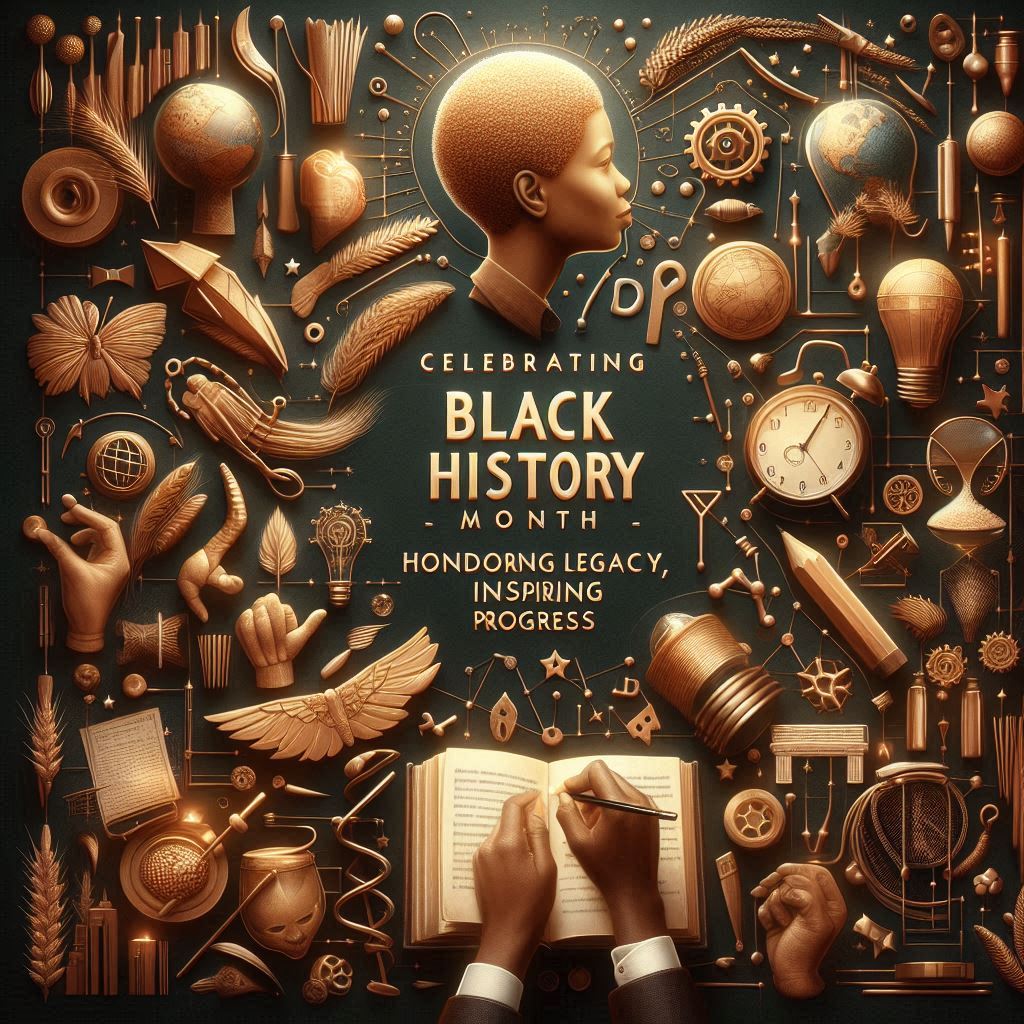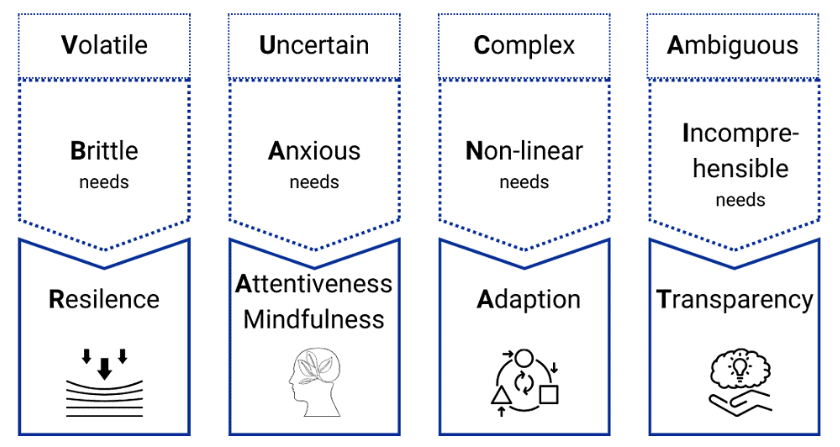
Word count – 664 –5 Minute Read
February marks the annual observance of Black History Month, a time to celebrate, reflect on, and honor the rich legacy of Black history in the United States and beyond. Since its official recognition in 1976, this month has served as a powerful reminder of the immense contributions Black Americans have made across every field of human endeavor. As President Gerald Ford proclaimed when establishing Black History Month, it is an opportunity to “honor the too-often neglected accomplishments of Black Americans in every area of endeavor throughout our history.”
From its beginnings as a week-long celebration initiated by historian Carter G. Woodson in 1926, Black History Month has becomevital for the nation to reflect on its history, recognize Black achievements, and address the ongoing struggles for racial equity and justice.
A Legacy of Resilience, Innovation, and Excellence
Black history is an unyielding testament to the resilience and creativity of a community that has faced adversity while shaping the cultural, economic, and social fabric of the United States. It is a story of triumph against the odds, where African Americans have risen to prominence, broken barriers, and laid the groundwork for progress in every realm.
Consider the brilliance of individuals like Dr. Martin Luther King Jr., who galvanized a nation through his leadership in the Civil Rights Movement; Maya Angelou, whose words continue to inspire hope and change; and Katherine Johnson, whose mathematical genius propelled the U.S. space program. These are just a few of the countless figures who have contributed to shaping the course of history.
Beyond well-known icons, Black history is the story of everyday heroes who fought for change in their communities, created opportunities for future generations and enriched American society through art, culture, science, and innovation.
Why Black History Month Matters
While Black History Month is a celebration of achievements, it is also a call to action. It challenges us to confront the persistent injustices and acknowledge the systemic inequities that have shaped society. It is a chance to honor the past while committing to creating a more inclusive and equitable future.
Recognizing Black history is not confined to a single month. It requires continuous commitment to education, advocacy, and engagement. Understanding the contributions and struggles of Black Americans is essential to building a society that values and uplifts all people.
Ways to Celebrate and Act
As we observe Black History Month, individuals and organizations can take meaningful steps to honor Black contributions and advance community equity. Here are some ways to celebrate and engage:
- Support Black-owned businesses and creators: Strengthen local economies and amplify Black entrepreneurship by intentionally seeking out Black-owned businesses and creators in your area.
- Highlight Black leaders in your industry or field: Share the stories of Black professionals and pioneers whose work has had a lasting impact.
- Engage in anti-racism education: Attend workshops, read books by Black authors, and have meaningful conversations about race and equity.
- Volunteer or donate to causes that advance racial equity: Support organizations that work to close gaps in areas like education, housing, healthcare, and criminal justice reform.
- Reflect on your organization’s practices: Assess your workplace or community group’s commitment to diversity, equity, and inclusion, and take steps to create a more inclusive environment.
Looking Forward: The Work Continues
As we celebrate Black History Month, remember that this is not just about honoring the past—it is about creating a future where everyone can thrive. The legacy of Black history teaches us the power of resilience, the importance of community, and the necessity of justice.
Black Americans’ contributions are woven into our nation’s fabric, and their stories of courage, ingenuity, and perseverance continue to inspire new generations. This February, let us lift up these stories, embrace their lessons, and commit to building a society rooted in equity, inclusion, and shared humanity.
Together, we can ensure that the spirit of Black History Month extends beyond its 28 days, guiding our actions and aspirations throughout the year.








